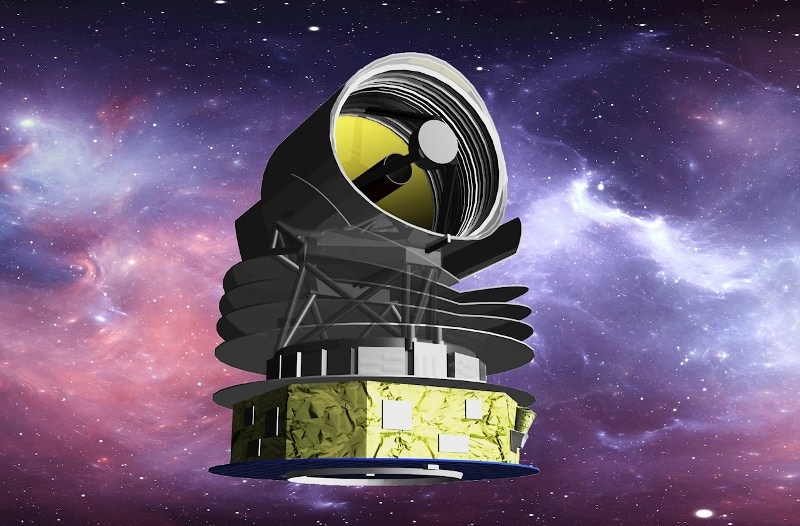Oct 18 2019
ABB Canada has won a $1.75 million contract for the development of a scanning mechanism for the Canadian Space Agency (CSA) which could potentially contribute to space exploration.
 The Space Infrared Telescope for Cosmology and Astrophysics (SPICA) - Credit: JAXA/ISAS
The Space Infrared Telescope for Cosmology and Astrophysics (SPICA) - Credit: JAXA/ISAS
The ABB cryogenic scanning mirror mechanism would be part of the Space Infrared Telescope for Cosmology and Astrophysics (SPICA) proposed mission. If selected, the space telescope would launch in 2032 to obtain a better understanding of the physics of star formation and black hole growth.
Most of the energy emitted by stars and black holes at the center of galaxies is absorbed by dust through which only Far-IR light can pass, meaning that a Far-IR telescope is the best tool to analyze what is happening behind this dust curtain. The role of the ABB scanning mechanism would be to enable the mirrors of the spectrometer to move precisely within the SPICA Far-infrared instrument (SAFARI) with the help of a laser metrology system.
This movement would reveal more information on the energy distribution of the light and the underlying physical phenomenon occurring light years away from the earth. The SAFARI is one of the proposed SPICA mission’s two main science instruments behind the telescope.
The main challenges faced by ABB in the development of the mechanism are to ensure it can survive the vacuum of space, the launch vibrations, the -269 °C operating temperature, the compensation of micro vibration disturbances, all the while maintaining positional stability at a hundred thousandth of a millimeter.
“ABB Measurement & Analytics Business Line enables scientists around the world to perform through excellence in infrared spectroscopy. The company is a market leader in Fourier Transform Infrared technology in terms of innovation, reliability and performance,” said Marc-André Soucy, Director for the Space industry at ABB. “Building on more than 45 years of experience in Fourier spectrometers and optical instrumentation, we willingly take up the challenge and look forward to a successful collaboration with the Canadian Space Agency.”
The SPICA space mission has been proposed to the European Space Agency (ESA) Cosmic Vision Program, in collaboration with the Japan Aerospace Exploration Agency (JAXA).
If the SPICA Mission is successful in its bid, it will not be the first time ABB’s instruments have been in space. Among other projects, ABB developed the main instrument, the ACE-FTS, on-board the Canadian Science Satellite, SCISAT, helping track long term composition changes in the earth’s atmosphere from Space. NASA also has ABB interferometers at the heart of a key instrument onboard their newest generation of polar orbit weather satellites (JPSS) which saves lives by improving the timeliness and accuracy of weather forecasts for up to seven days. ABB interferometers are also flying onboard the Japanese GOSAT 1 and 2 satellite monitoring at high accuracy the steady rise of greenhouse gases around the world and the region with the strongest contribution to the mix.